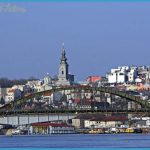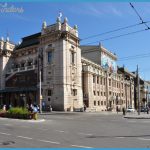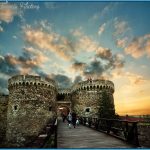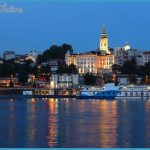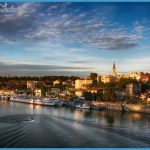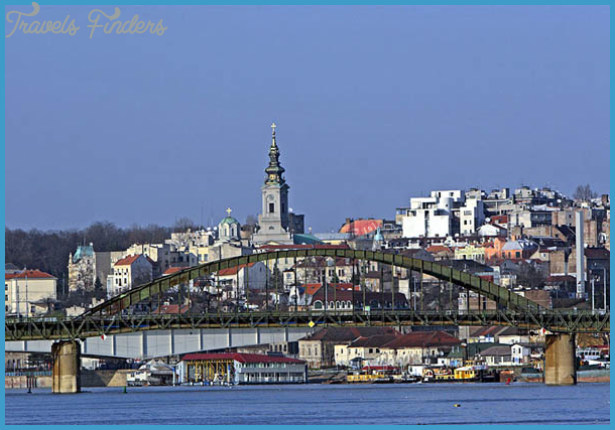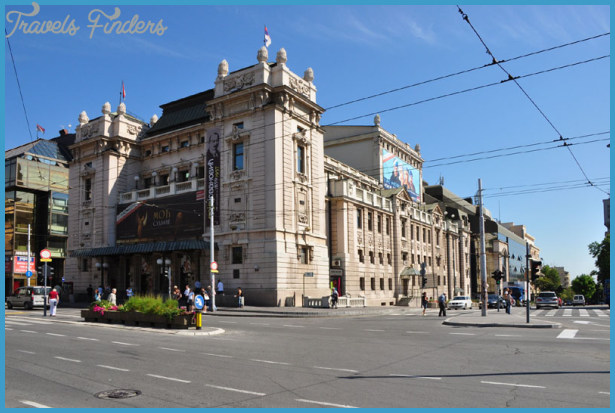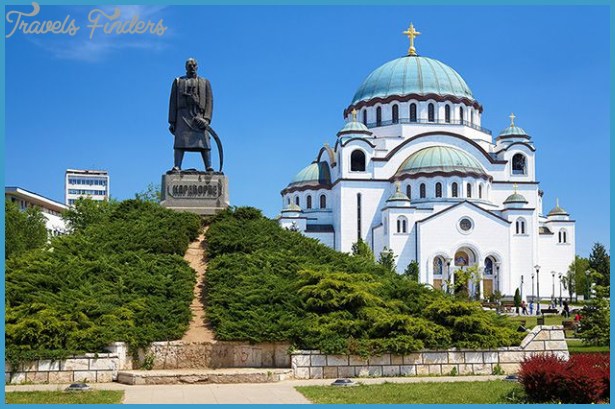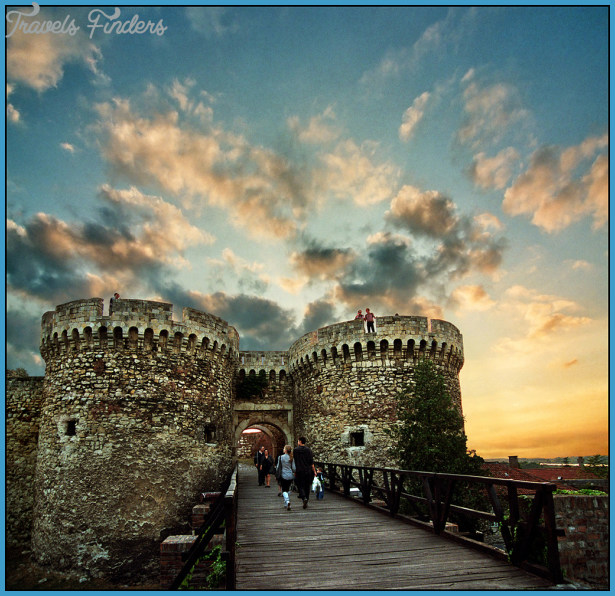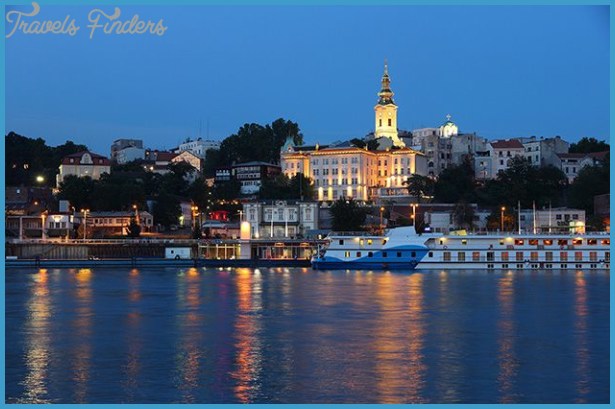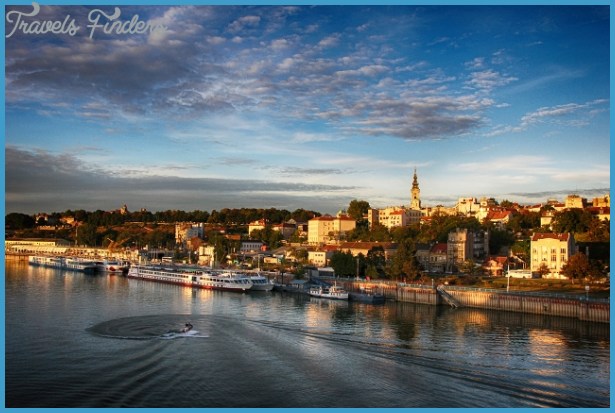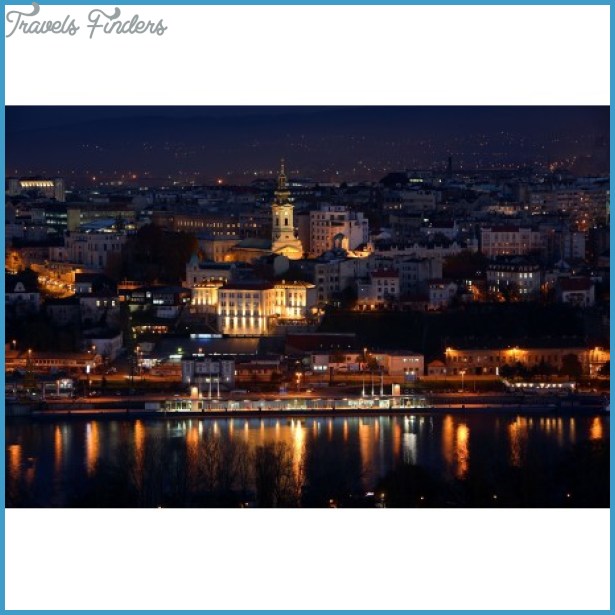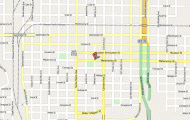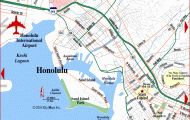HISTORY
There is hardly a city in the world which has been destroyed as often and rebuilt so beautifully as Belgrade: in its case about thirty times. Ruins of a Roman fortress from 1 BC were found strategically positioned on a 70 meter high hill at the confluent of two rivers. Today the castle Kalemegdom is situated in the same place. The Celtic tribe Scordisks had a settlement here called Singidunum. The Romans remained there for four centuries and between the 5th and 8th centuries it was occupied consecutively by Gepides, Awares, Franks, Bulgarians, Hungarians and Byzantines. The name ‘Beograd’ is first mentioned in the 9th century.
In the second half of the 13th century Belgrade became Serbian and in 1521 the Turks conquered the fortress. The Turks were repeatedly harrassed by the Austrians until its liberation in 1867. The Austrians used to call the city by its old Roman name ‘Alba Graeca’ meaning ‘White Greek Castle’. Similarly ‘Beo’ as in Beograd means white. With the river Save as boundary Belgrade was for decades the outpost of the Danube Monarchy against the Ottoman Empire. Since the end of World War II Belgrade has been the seat of the Yugoslavian government.

